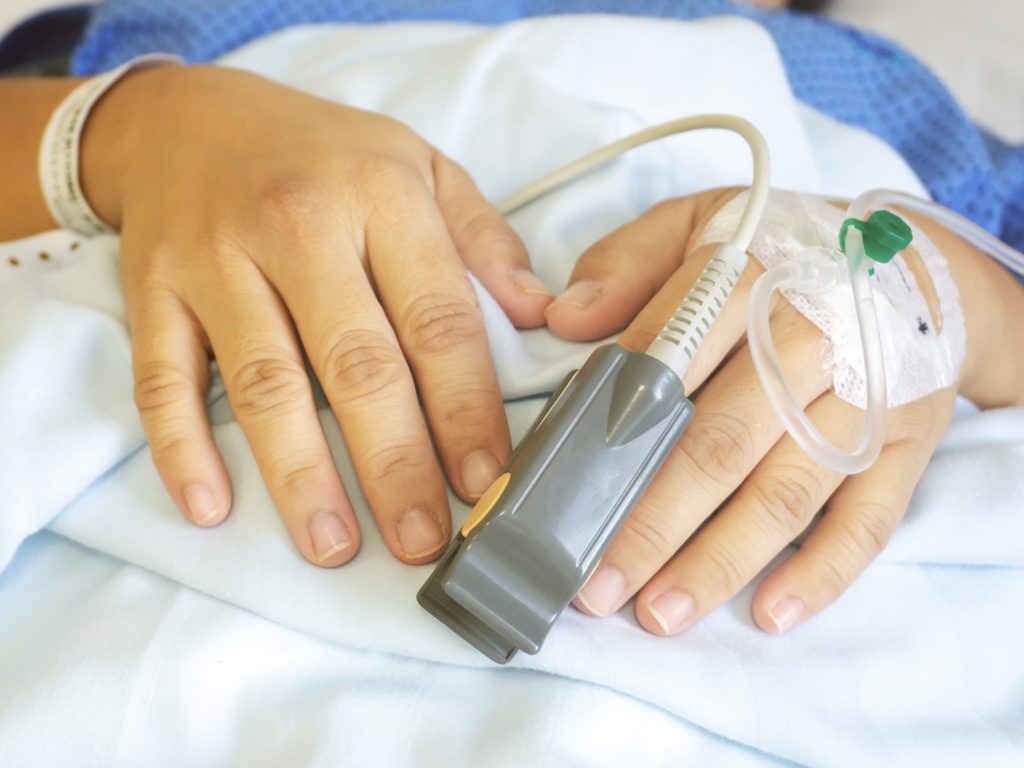- Multiple forms of birth control failed me and affected my quality of life.
- I feared being stuck with a man for the rest of my life if I accidentally got pregnant.
- I removed my tubes as a form of birth control but can get pregnant on my own terms through IVF.
"It'll only hurt for a minute," my OB-GYN said. "It's really not that bad."
Then came the clenching, the sweating, the shaking, the trying to breathe, the tears streaming down my face — and counting down the moments until the insertion was over and the cramps in my thighs would relax.
I'd broken my arm twice and my foot once, had a four-hour gallstone attack, and blew my knee out multiple times, all while managing not to cry.
But getting an intrauterine device, or IUD, for birth control was especially excruciating.
"There! It's in!" the doctor said. "Take it easy today and you should feel fine in a few days." The copper IUD was supposed to be safe, and it fit all of my requirements for birth control: hormone-free, highly effective, long-lasting, and didn't require an alarm. However, my IUD quickly became the cause of chronic pain and discomfort.
One of my biggest fears was getting pregnant and having to co-parent with someone I didn't want to be attached to for the rest of my life — something I had seen happen around me. I couldn't take the risk of an unplanned pregnancy.
So I decided to take action and remove my Fallopian tubes as a form of birth control, so no man could ever have control over me.
I had tried birth control but suffered side effects
I had already tried birth control, but the side effects were intolerable. Birth-control pills had given me brain fog and mood swings, and often made me feel displaced from my body. The older I got, the worse the side effects became.
When I tried a copper IUD, I suffered months on end of severe, chronic pain that made it difficult to get out of bed most days. By the time I had it removed, I had fewer than five pain-free days a month, and I was taking painkillers every day just so I could try to function. It was a nightmare.
I got my tubes removed and never looked back
On my first visit to the OB-GYN, she explained to me that Fallopian tube removal was the latest way doctors were approaching tubal ligations instead of simply tying them. She said that by removing the tubes, there was a reduced risk of ovarian cancer and it was highly unlikely that the procedure could reverse itself, which can happen when getting your tubes tied.
I was surprised by how supportive the doctor was. I went in expecting to have to fight for the procedure, but as someone in my mid-30s, that was not the case. Women in their 20s are often turned away by doctors who refuse to perform the procedure, fearing a woman may change her mind later.
No one but me gets a say on what I do with my body
For me, the decision was clear. The thought of finding myself in a situation where someone else could decide whether or not I have a lifetime bond with them was horrifying, especially as I watched female reproductive rights being stripped away.
Having my tubes removed was the only form of birth control that made it close to impossible to get accidentally pregnant while retaining my ability to have children if I decided to. While the procedure is permanent, I can still get pregnant through IVF.
My choice may not be right for every woman, but it was an empowered choice for me. And in the current political climate, where women's reproductive rights are being threatened, I'm grateful that I won't risk getting pregnant or be forced to give birth against my will.
PollyAnna Brown is a communication expert, journalist, and ghostwriter, using her over 15 years of experience in entertainment and psychology to help business owners and entrepreneurs grow their audience, impact, and income. You can follow her on TikTok.
